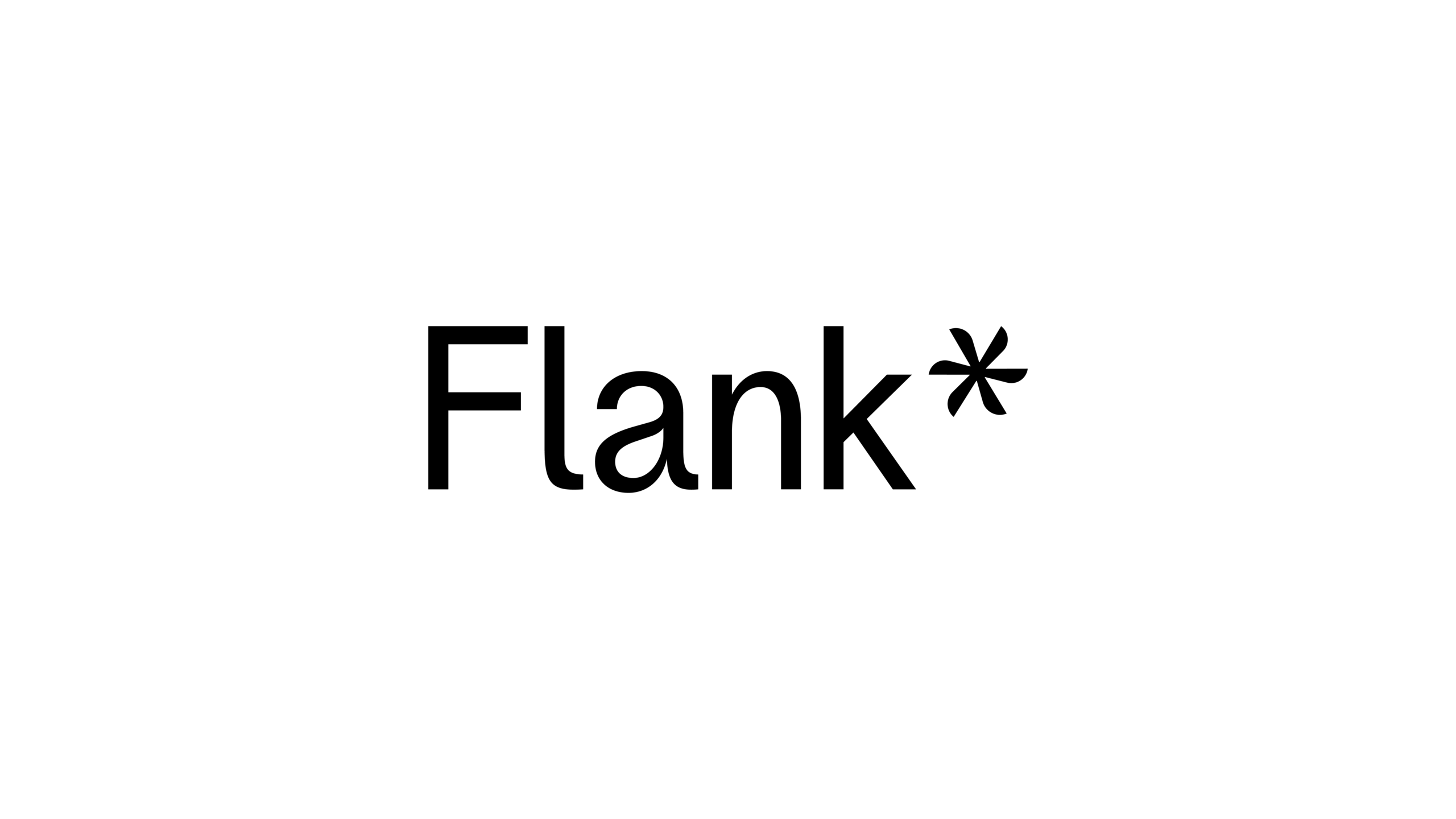Insights from the virtual workshop with Upwork's VP of Customer Insights, Tim Sanders.
In 2019, the World Health Organization listed burnout as a recognized medical condition—just before the COVID-19 pandemic impacted the world.
Since then, the factors that contribute to burnout have grown. Leaders are looking for real solutions to help their teams get ahead of burnout and feel refreshed and excited about their work in 2021.
Upwork’s VP of Customer Insights, Tim Sanders, has been studying burnout for years. He founded a study on burnout with Dr. Terry Real in 2003 and produced wellness seminars on dealing with burnout for New York doctors in 2019.
In this seminar, he highlighted the latest research on burnout and how to get in front of the burnout challenge using design thinking. Design thinking is a process of creative problem-solving first used in UX design but adopted by many other sectors of the business world for its human-centered focus.
“I've been thinking design-wise about how we can avoid burnout, produce more productive team member outcomes, and drive more value by being more empathetic about what we see in the workplace,” Sanders said.
What is occupational burnout?
According to burnout researcher Dr. Christina Maslach, burnout is a psychological syndrome involving emotional exhaustion, depersonalization, and a diminished sense of personal accomplishment that occurs among professionals who work with others in challenging situations.
People begin to feel cynical about their job and that they're not doing well at work. It happens because of an improper relationship between people and their workplaces. It’s not about work-life balance; it's about work-life integration. The key to avoiding burnout is to make sure people have a proper relationship with their work.
Signs that an employee is suffering from burnout
- Seems disengaged or withdrawn
- Appears demoralized, worried, or stressed
- Takes frequent absences
- Perpetuates a negative workplace culture
- Becomes sick more often than usual
Causes of burnout
Gallup reports the top five factors that correlated most highly with employee burnout prior to the COVID-19 pandemic were:
- Unfair treatment at work
- Unmanageable workload
- Unclear communication from managers
- Lack of manager support
- Unreasonable time pressure
Since COVID-19, the reasons include pandemic stress, hiring freezes, reduction in workforces, increased workload, and budget freezes.
Enterprise impact of burnout
As burnout rises, productivity declines, perfectionism grows, and conflicts increase. Companies are likely to see:
- Increased absenteeism: Those with burnout are 63% more likely to take a sick day
- Decreased performance: 13% are less confident on the job
- Lower retention: 260% more likely to change jobs—with 25% quitting post-pandemic
- Additional healthcare spending: Between $125 billion and $190 billion nationwide per year
Employ design thinking to get ahead of burnout
Design thinking is a process teams use to understand people, define problems, and create solutions to prototype and test. To use this method for burnout:
- Define the problem. Brainstorm with your teams to define the areas of stress in your company. It could be the workload, the workplace, the technology, the people and how they interact with each other, the processes, or the environment.
- Use empathy to understand your people. Put yourself in their place and sincerely try to understand how they feel. Use a survey or hold a one-to-one conversation for more insight.
- Design prototype solutions to test. Come up with solutions and create prototypes. Test and measure the results. This process will give you solutions that are made to scale and will create a real value proposition for people looking for a great place to work.
One of the most important things we can do for people is managing their workload
Information workers who have an increased workload are 400% more likely to experience stress and 200% more likely to experience burnout.
An active design approach to create workload management for your people is one of the best ways to get ahead of burnout and improve your employer ship brand.
Business leaders are strategically working with independent professionals on Upwork to balance their team’s workload and ensure that team members are spending the majority of their time on their core work—not on all the ancillary work they've had to pick up over the past year.
Quick wins to reduce burnout
- Reconnect with values and mission—helps employees understand their purpose, increases motivation
- Hold quality one-to-ones—preferably on Mondays. Ask your employees how they’re doing; leave a long pause and listen
- Reduce rhythm and length of meetings—fewer Zooms, bring back phone calls
- Incorporate a buddy system—peer-to-peer relationships and weekly check-ins
- Configure workspaces to include sunshine
- Create ways to show instant recognition for peer’s achievements
- Encourage mentorship—the feedback loop gives the spirit and sense of meaning that absolutely recharges employees
If we use design thinking to reduce work stress and recharge energy, people can have integration between work and life and a proper relationship with their job. They won’t feel burned out—they will feel inspired and have a sense of purpose and possibility.
Tim Sanders is Upwork's VP of Customer Insights. Additionally, he's a New York Times best-selling author of five books with more than a million copies in print. His insights have been featured in the Financial Times, the Wall Street Journal, and the Money section of USA Today. He's spoken at private equity conferences such as McGuire-Woods PE Symposium, Vista Equities HR Council, and Advent International. Prior to joining Upwork, he served as a strategic consultant to companies ranging from Raytheon to Farmers Insurance to Cox Media.
If you’d like to explore how Upwork’s network of independent professionals can support your organization with the application of workload management and you are an Insight portfolio company, please visit Upwork's Vendor Profile on GO ScaleUp portfolio platform.












